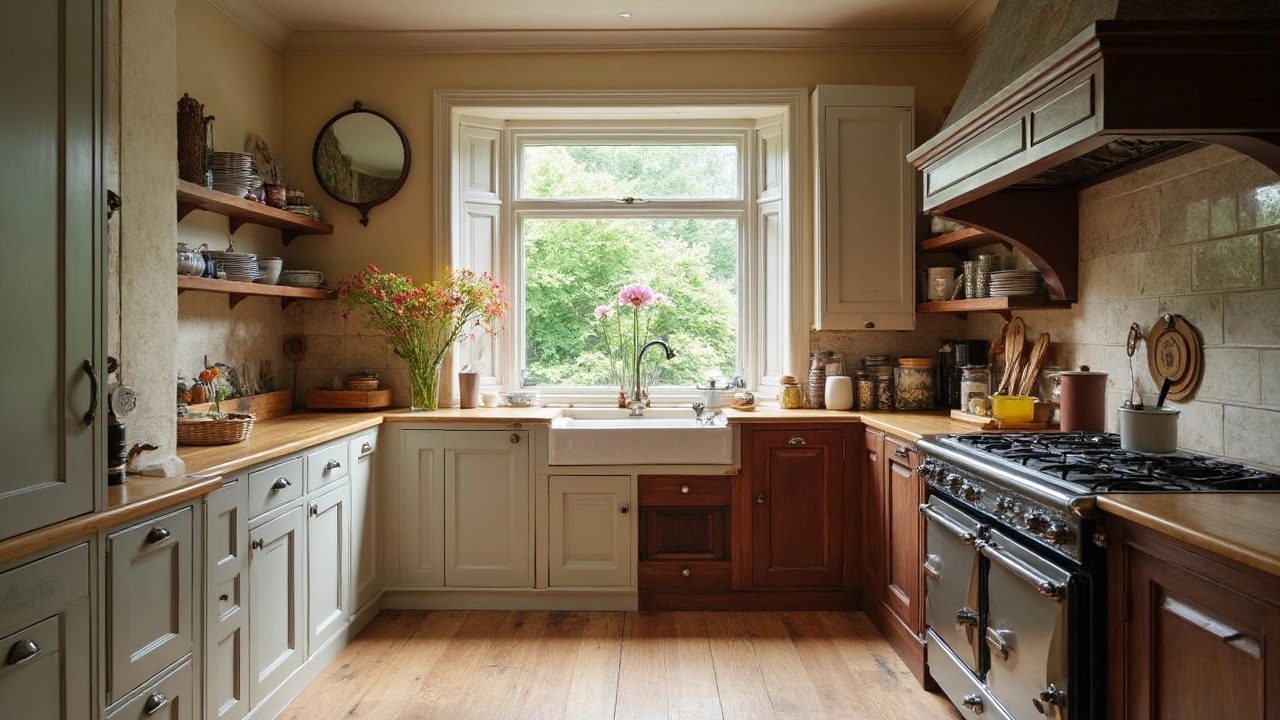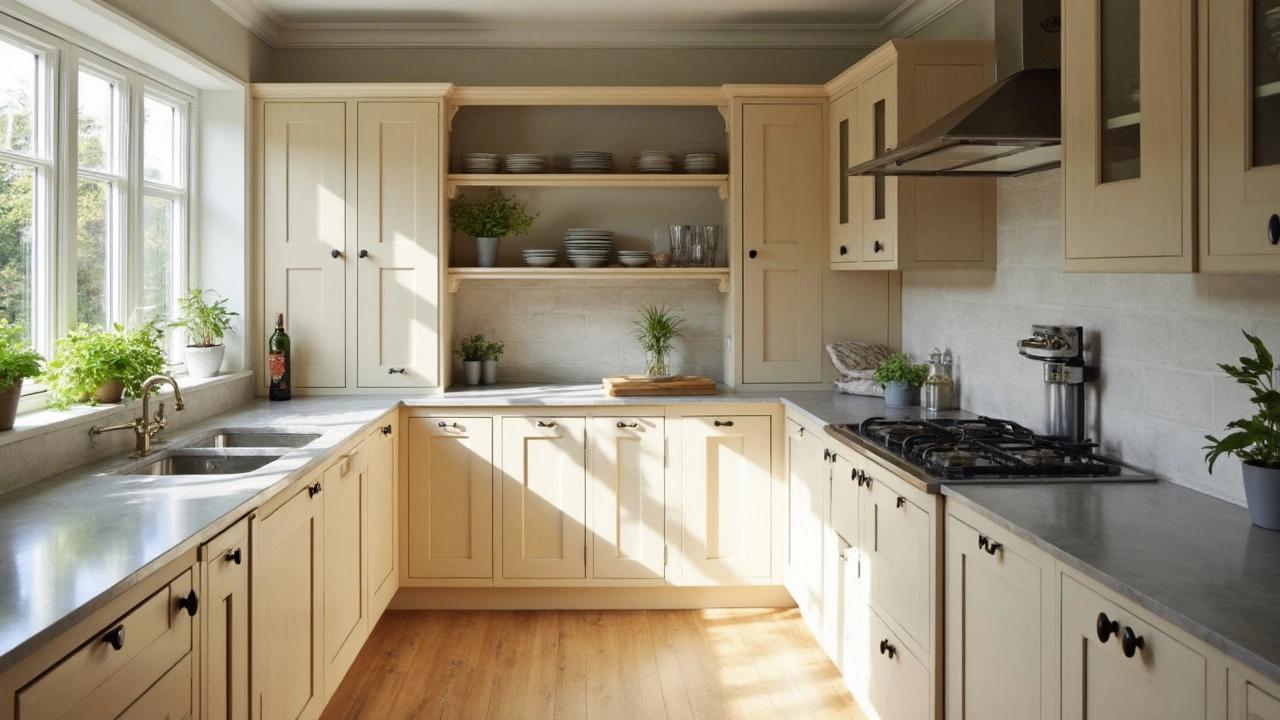Shaker Kitchen Flooring – Simple Tips for a Classic Look
If you’ve chosen shaker cabinets, you already have a clean, timeless base. The floor you pick can make that style pop or fall flat. Below you’ll find fast, easy advice on picking the right floor, laying it correctly, and keeping it in shape without a lot of hassle.
Choosing the Right Floor for Shaker Cabinets
First, think about colour contrast. Dark floors against white shaker doors create a bold look, while light oak keeps the room bright. Hardwood, engineered wood, and luxury vinyl plank (LVP) are the three most common choices in the UK because they handle kitchen traffic and spills well.
Hardwood gives a natural feel but needs a good seal to stop moisture. Engineered wood looks like solid timber but is more stable on concrete sub‑floors – perfect for older houses where movement can be an issue. LVP is the budget‑friendly champion; it mimics wood or stone, is water‑resistant, and is easy to install with a click‑lock system.
Next, check durability ratings. Look for a wear layer of at least 12 mil for wood or a 200‑plus abrasion rating for LVP. That way the floor can stand up to dropped pans, rolling carts, and the occasional pet paw.
Caring for Your Shaker Kitchen Floor
After the floor is laid, maintenance is simple. Sweep or vacuum daily to get grit off the surface – grit can scratch both wood and LVP. Use a damp mop with a pH‑neutral cleaner; avoid harsh chemicals that can strip the seal on wood or damage the vinyl top layer.
Spills happen. Wipe them up right away, especially acidic liquids like lemon juice or wine, to prevent staining. For hardwood, re‑apply a thin coat of oil or polyurethane once a year in high‑traffic spots. LVP usually just needs a quick polish once a year to keep its shine.
Finally, protect high‑use areas. Place felt pads under fridge legs, use chair mats where you eat, and lay a runner in front of the sink to catch water drips. These small steps add years to the life of your floor without costing much.
Choosing a floor that matches shaker cabinets doesn’t have to be complicated. Pick a colour that complements, a material that can take kitchen wear, and follow a few easy care steps. Your shaker kitchen will look fresh and stylish for years, and you’ll spend less time worrying about the floor and more time enjoying your space.
Shaker Kitchen vs Traditional Kitchen: What's the Real Difference?
- Gavin Whitaker
- |
- |
- 0
This article breaks down the key differences between shaker kitchens and traditional kitchens. It covers design features, history, materials, and why certain styles work better in specific homes. You'll get tips for picking the vibe that matches your lifestyle, plus some fun facts that make these kitchen styles unique. Perfect for anyone planning a kitchen remodel. No fluff—just clear, straight-to-the-point info.
View moreShaker Kitchen: Simple Style With Lasting Appeal
- Gavin Whitaker
- |
- |
- 0
A shaker kitchen is famous for its straightforward, clean lines and practical appeal. This article breaks down the basics of shaker kitchens, reveals their interesting origin, and shows why they're so popular even today. You'll get tips for spotting real shaker details and making this look work in modern homes. If you're redoing your kitchen or just want a style that won't feel dated, shaker design might be the answer. Find out how to choose materials and finishes that make a shaker kitchen stand out.
View more
